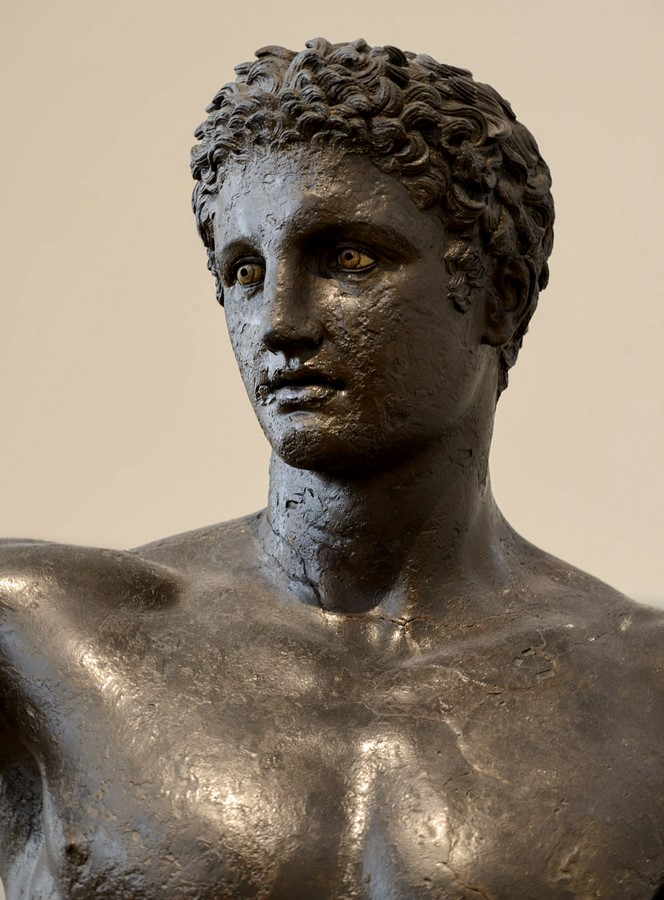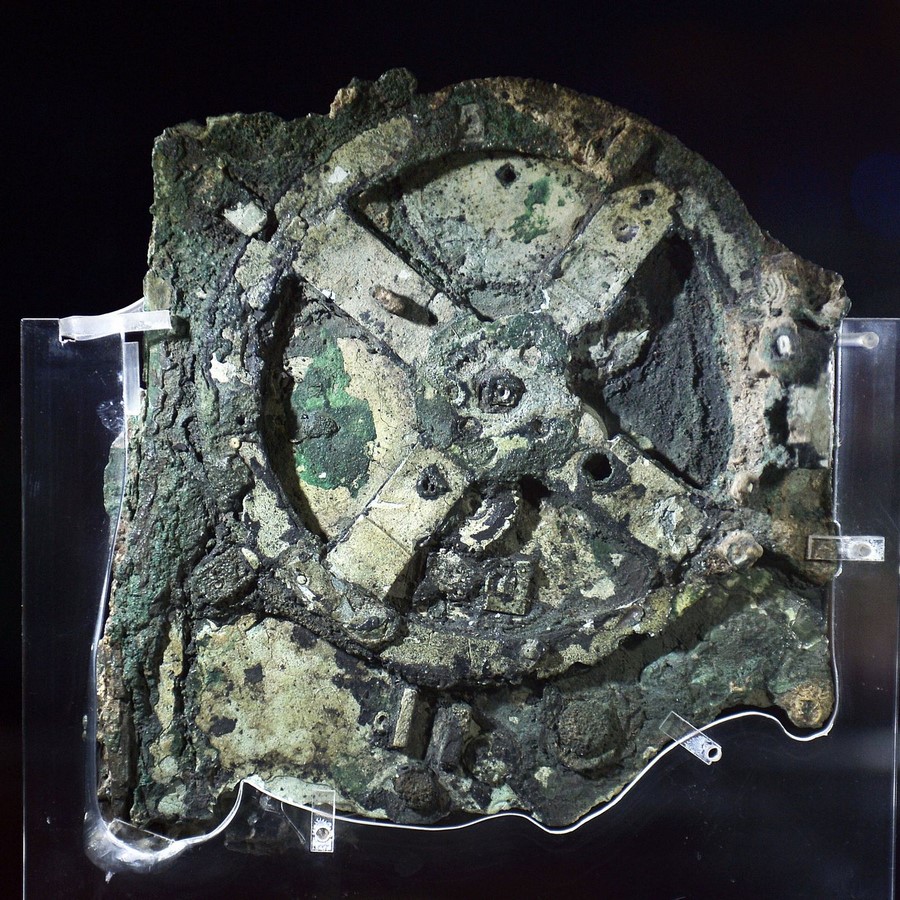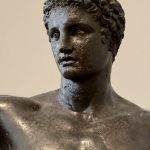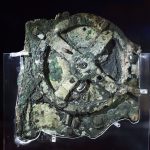A Greek island, Antikythera, is situated between the Peloponnese and Crete in the Aegean Sea. The island is around 22 square kilometres in size. There are a considerable number of minor communities on the island, but Potamos, the village that serves as the island’s harbour, is where most people dwell. With several infrastructural projects that have taken place over the past few years, the Community of Antikythera has completely changed the perception of the island.
However, more than anything else, Antikythera is known for being the location of the discovery of the Antikythera mechanism and for the historic wreck. Antikythera wreck is a Roman-era shipwreck from the second half of the first century BC.
Artefact Recovery
The artefact recovery has been going on for over a hundred years. All of these artefacts are in the galleries of the National Archaeological Museum of Athens.
Starting with the onset of the 20th century, the divers and the Greek Education Ministry and Royal Hellenic Navy worked together to retrieve various treasures from the sea. By the middle of 1901, divers had discovered 36 marble sculptures, including Hercules, Ulysses, Diomedes, Hermes, and Apollo, three marble statues of horses (a fourth was dropped during recovery and was lost on the sea floor), a bronze lyre, and many pieces of glasswork. They also found a bronze lyre and several bronze statues, including one known as “The Philosopher,” the Youth of Antikythera (Ephebe) of around 340 BC. The entire treasure trove, which included many other tiny and common objects, was transported to the National Archaeological Museum in Athens.

The most noteworthy discovery was made by the archaeologist Valerios Stais on May 17, 1902, while he reviewed the artefacts at the National Archaeological Museum. He saw a rusted piece of brass, including a gear wheel and readable Greek writing. The device from Antikythera would eventually become the thing that the island was known for. It is alternately referred to be the world’s oldest known analogue computer. Originally, it was theorised to be one of the first types of a mechanistic clock or an astrolabe.

Jacques-Yves Cousteau, an explorer, made a brief stopover at the location. At the Greek government’s request, Cousteau returned in the summer and fall of 1976 with an entire crew. The team, led by archaeologist Dr Lazaros Kolonas, discovered almost 300 relics, including four ship’s planks, ceramic jars, bronze and silver coins, fragments of bronze and marble sculptures, bronze statuettes, many pieces of gold jewellery, and even the crew and passengers’ corpses.
In 2014-2015, there were more finds. Led by the Woods Hole Oceanographic Institution (WHOI) and the Hellenic Ministry of Culture and Sports, the expedition helped surface jewellery, glassware, a statue’s spear, marble statues, and decanters.
One remarkable discovery is a dolphin, a 100 kg (220 lb) lead bulb with an iron spike at the top that was used as a ship’s yardarm weapon to pierce the deck and hull of an invading vessel in ancient times. This is the sole specimen of a war dolphin that has ever been found.

“Our new technologies extend capabilities for marine science; every new dive on the Antikythera shipwreck delivers gifts from the ancient past. The wreck offers touchstones to the full range of the human experience: from religion, music, and art, to travel, trade and even warfare.” Quoted by marine archaeologist Brendan Foley in 2016 during a WHOI press release.
Additional artefacts were identified during a five-year thorough survey campaign that started in 2021, along with the head of a marble statue that may be the missing part of a Hercules statue from the same location in 1902.
Further discoveries were made possible in 2022 when three 8.5-ton stones partially obscured the ship were removed. The discovery of human teeth allows for the prospect of genetic and isotopic study to provide light on the ship’s crew members. The Antikythera wreck was called “the richest site in the ancient world” by archaeologist Lorenz Baumer, who is in charge of the 2022 mission with the University of Geneva.
One other thing that the island is known for is its climatic observation centre. It is also one of the largest Climate Observatory Centers in Europe.
Climate Observation Centre (Pangea)
The National Observatory of Athens spearheaded the establishment of the PANhellenic GEophysical observatory of Antikythera (PANGEA Observatory) in 2017 on the island of Antikythera (35.86 N, 23.29 E, 110 m a.s.l). The NOA’s research, which show that Antikythera’s geographic location is ideal for monitoring the gas masses travelling through the Central and Eastern Mediterranean region, served as the basis for this area selection. The island of Antikythera is said to be the best place to monitor climate variables typical of the surrounding area because it is devoid of manmade activities.
References:
Antikythera (2023) Wikipedia. Wikimedia Foundation. Available at: https://en.wikipedia.org/wiki/Antikythera [Accessed 9 February 2023]
- Antikythera Wreck (2023) Wikipedia. Wikimedia Foundation. Available at: https://en.wikipedia.org/wiki/Antikythera_wreck [Accessed 9 February 2023]
- 2000-year-old Antikythera shipwreck famous for ancient computer yields new treasures. Huffpost.com. Available at: https://www.huffpost.com/entry/antikythera-shipwreck_n_5768b582e4b015db1bca7547 [Accessed 9 February 2023]
- The Antikythera mechanism is a 2000-year-old computer. Vox.com. Available at: https://www.vox.com/science-and-health/2017/5/17/15646450/antikythera-mechanism-greek-computer-astronomy-google-doodle





















